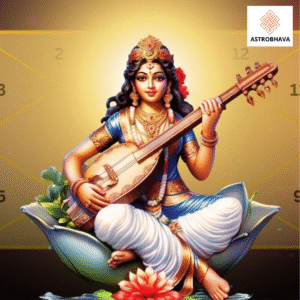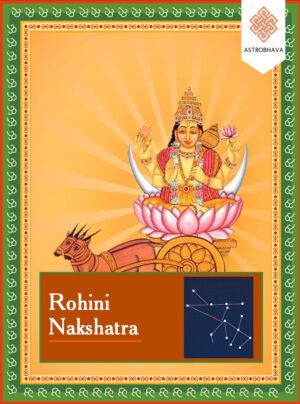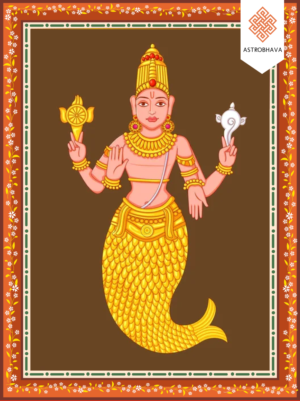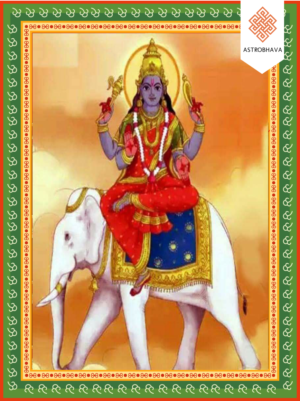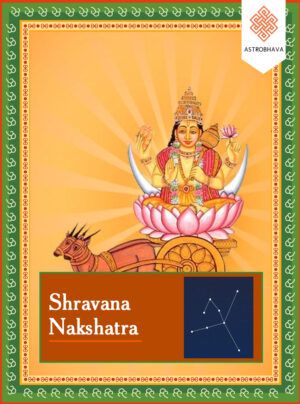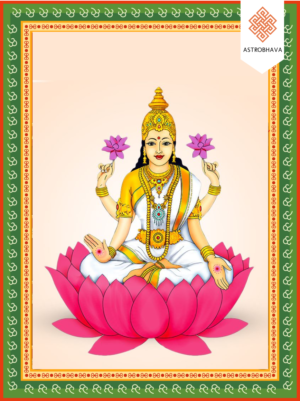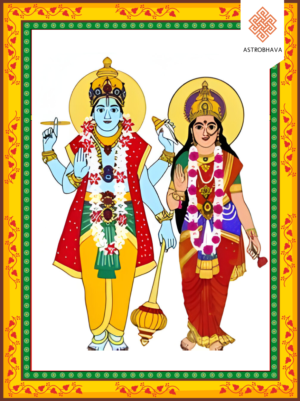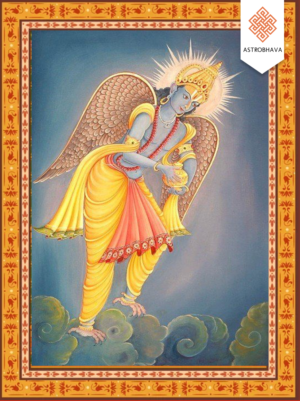Powerful Vedic Chants for Inner Peace and Spiritual Growth

In a world characterized by relentless hustle and mounting stress, the quest for inner peace has become a universal aspiration. Among the myriad spiritual and therapeutic practices available, Vedic chants stand out as a timeless and profound method to harmonize the mind, body, and soul. These sacred hymns, originating from the Vedas — the ancient scriptures of India — have been practiced for millennia and continue to hold relevance in modern times. This article delves into the essence of Vedic chants and vedic astrology, exploring their origins, significance, and the transformative benefits they offer to seekers of inner tranquility.
The Origins of Vedic Chants
The Vedas, considered the oldest spiritual texts known to humanity, were composed over 3,000 years ago in ancient India. These texts, comprising the Rigveda, Samaveda, Yajurveda, and Atharvaveda, encapsulate profound wisdom on various aspects of life, from spirituality and philosophy to medicine and cosmology. Vedic chants are essentially the oral expressions of these scriptures, meticulously passed down through generations by learned scholars and practitioners.
Vedic chants are characterized by their precise intonation, rhythm, and pronunciation. This meticulousness stems from the belief that the power of these chants lies not only in their meaning but also in their vibrational quality. Each syllable is carefully articulated to resonate with specific frequencies, creating a profound impact on the practitioner and their surroundings.
The Role of Vedic Rituals and Puja
Vedic rituals, or “Vedic puja,” are ceremonies that incorporate these chants to invoke divine energies and establish a connection with the cosmos. These rituals often involve offerings, fire ceremonies (homas), and meditative practices, all aimed at purifying the environment and the individual’s inner self. The integration of Vedic mantras and chants in these rituals amplifies their spiritual potency, fostering an atmosphere of sanctity and peace.
During a Vedic puja, the chants serve as a bridge between the material and the spiritual realms. For instance, the Gayatri Mantra, one of the most revered Vedic chants, is often recited during these ceremonies to invoke wisdom and clarity. Similarly, the Purusha Suktam and Sri Rudram are chanted to promote harmony and well-being. The vibrational energy generated by these chants is believed to cleanse negative energies and align the practitioner with universal consciousness.
The Science Behind Vedic Chants
Modern scientific research has begun to uncover the physiological and psychological benefits of Vedic chanting. Studies suggest that the rhythmic patterns and frequencies of these chants stimulate the brain, enhancing cognitive functions and inducing a meditative state. The following are some scientifically recognized benefits of Vedic chanting:
Stress Reduction: Chanting activates the parasympathetic nervous system, which helps reduce stress and anxiety levels. The repetitive and rhythmic nature of the chants promotes relaxation and lowers cortisol levels.
Improved Concentration: The precise pronunciation and focus required in chanting enhance mental clarity and concentration, making it an effective practice for students and professionals alike.
Enhanced Emotional Well-being: Vedic chants have a calming effect on the mind, helping practitioners manage emotions and cultivate inner peace.
Physical Health Benefits: The vibrational energy produced during chanting stimulates the vagus nerve, improving heart rate variability, boosting immunity, and enhancing overall physical health.
Spiritual Growth: Regular chanting fosters a deeper connection with one’s inner self and the divine, paving the way for spiritual awakening and self-realization.
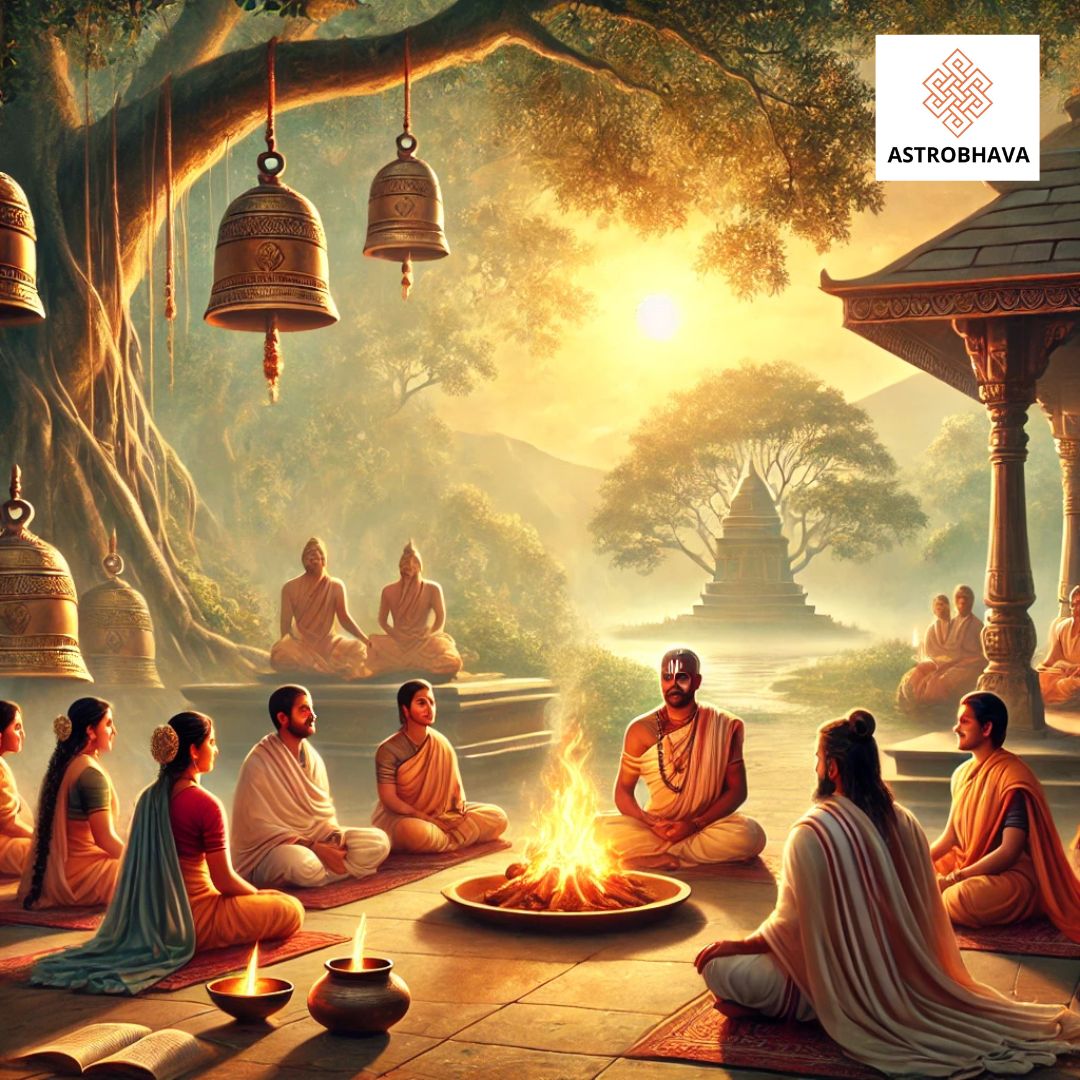
Ancient Vedic Chants for Inner Peace
Among the countless Vedic chants, a few have gained prominence for their profound impact on inner peace and spiritual growth. These include:
Om (Aum):
Considered the primordial sound of the universe, chanting Om aligns the practitioner with cosmic vibrations, fostering a sense of unity and tranquility.
Gayatri Mantra
“Om Bhur Bhuvaḥ Svaḥ, Tat Savitur Vareṇyaṃ Bhargo Devasya Dhīmahi Dhiyo Yo Naḥ Prachodayāt”
The Gayatri Mantra, hailed as the “Mother of the Vedas,” is one of the most universally known Vedic chants. It invokes light and wisdom, asking the divine to guide an individual’s intellect.
- Benefits: This chant brings clarity, dispels negativity, and promotes intellectual enlightenment. Regular recitation can bring a sense of purpose and inner peace.
- How to Use: Chant the Gayatri Mantra during sunrise or early morning to align yourself with divine energy.
Shanti Mantra
“Om Saha Nāvavatu, Saha Nau Bhunaktu, Saha Vīryaṃ Karavāvahai, Tejasvi Nāvadhiṭtamastu Mā Vidviṣāvahai. Om Shanti Shanti Shantiḥ”
The Shanti Mantra translates to a prayer for mutual cooperation, nourishment, and inner harmony between individuals. The repetition of “Shanti” (peace) three times signifies bringing calmness to the body, mind, and soul.
- Benefits: It promotes peace within oneself and builds harmonious relationships with others. It also reduces anxiety and restlessness.
- How to Use: This chant is ideal to recite before meditating or at the start of a group gathering to create a peaceful environment.
Mahamrityunjaya Mantra
“Om Tryambakam Yajamahe Sugandhim Pushtivardhanam Urvarukamiva Bandhanan Mrityor Mukshiya Maamritat”
Often referred to as the “Death Conquering Mantra,” the Mahamrityunjaya Mantra comes from the Rigveda and is dedicated to Lord Shiva. It is a powerful chant for healing, overcoming fear, and extending longevity.
- Benefits: This mantra heals the body, mind, and soul. It is believed to ward off negativities, illnesses, and obstacles, providing a sense of liberation.
- How to Use: Recite this mantra in challenging times for courage or as a daily spiritual practice to foster resilience.
Om Namah Shivaya
One of the simplest and most calming Vedic mantras, “Om Namah Shivaya” translates to “I bow to Lord Shiva, the inner self.” It is a direct path to inner reflection and connecting with your higher self.
- Benefits: Reciting this mantra leads to spiritual transformation and self-awareness while eliminating negative thoughts.
- How to Use: Chant it 108 times daily during meditation for emotional balance.
Saraswati Vandana Mantra
“Om Aim Saraswatyai Namah”
Dedicated to Goddess Saraswati, the deity of wisdom and learning, this mantra enhances memory, creative thought, and intellectual capabilities.
- Benefits: Ideal for students, creatives, and professionals, this chant can improve focus and remove mental blocks.
- How to Use: Recite it daily before embarking on studies, creative projects, or important tasks requiring mental clarity.
Vishnu Sahasranamam
The Vishnu Sahasranamam features the thousand names of Lord Vishnu, each representing a unique attribute of the deity. It dates back to the Mahabharata and is considered one of the most auspicious hymns for harmony.
- Benefits: Regular recitation fosters inner peace, prosperity, and protection while reducing fear and anxiety.
- How to Use: Chant the entire Sahasranamam or selected verses every morning for positivity throughout the day.
Durga Dua Mantra
“Om Dum Durgayei Namah”
This Vedic chant is dedicated to Goddess Durga, symbolizing strength, courage, and protection. It is a prayer to dispel fears and negativity.
- Benefits : Durga mantra strengthens inner courage and provides a shield against adversities.
- How to Use: Recite this mantra during moments of uncertainty or when you seek strength.
Om Mani Padme Hum
Though technically a Tibetan mantra, its roots lie in ancient Vedic traditions. It is a chant for compassion, purity, and enlightenment, associated with Avalokiteshvara, Bodhisattva of compassion.
- Benefits: The mantra quiets the mind and fosters love, kindness, and detachment from material distractions.
- How to Use: Chant it silently or aloud during quiet reflection.
Ganesh Mantra
“Om Gan Ganapataye Namah”
This mantra honors Lord Ganesha, the remover of obstacles and patron of new beginnings. It brings focus, resourcefulness, and steady progress.
- Benefits: It is especially effective when starting a new job, personal project, or spiritual practice.
- How to Use: Chant before embarking on new ventures to invoke the blessings of Lord Ganesha for a smooth path ahead.
Savitur Vedic Chant
This lesser-known hymn from the Rigveda invokes the power of the sun for energy and vibrant health. It aligns the practitioner with the cycles of nature.
- Benefits: Promotes vitality, physical healing, and enhances connection with the natural world.
- How to Use: Recite this chant during sunrise as a way to spiritually energize.
The Practice of Vedic Chanting
To reap the benefits of Vedic chanting, consistency and mindfulness are key. Here are some practical tips for incorporating this practice into your daily routine:
Create a Sacred Space:
Designate a quiet and clean area in your home for chanting. Use candles, incense, or a diya (lamp) to enhance the spiritual ambiance.
Learn from a Guru or Guide:
Proper pronunciation and intonation are crucial for effective chanting. Learning from a qualified teacher ensures authenticity and precision.
Start Small:
Begin with simple chants like Om or the Gayatri Mantra and gradually incorporate more complex hymns.
Set a Routine:
Dedicate a specific time each day for chanting. Early mornings or evenings are ideal as they are considered spiritually auspicious.
Focus on Intention:
Approach chanting with a sincere heart and clear intention to maximize its benefits.
The Modern Relevance of Vedic Chants
In today’s fast-paced world, the ancient practice of Vedic chanting serves as a powerful antidote to stress and disconnection. Whether practiced as part of Vedic rituals or as a standalone meditation technique, these chants offer a pathway to inner peace and holistic well-being. Moreover, the resurgence of interest in mindfulness and yoga has brought Vedic chants into the global spotlight, inspiring individuals from diverse backgrounds to explore their transformative potential.
From corporate wellness programs to therapeutic applications, the benefits of Vedic chanting are being recognized and embraced worldwide. For instance, many yoga studios and meditation centers incorporate these chants into their sessions to enhance the spiritual and meditative experience. Additionally, digital platforms and apps now offer guided Vedic chanting sessions, making this ancient practice accessible to a global audience.
Conclusion
Vedic chants are more than just ancient hymns; they are a bridge to inner peace, a tool for spiritual growth, and a testament to the enduring wisdom of the Vedic tradition. By integrating these chants into our lives, we can cultivate a sense of balance, harmony, and connection with the universe. As we chant, we not only honor the legacy of our ancestors but also pave the way for a more peaceful and enlightened existence. You can book a session from anywhere for puja, homa and japa in usa, Canada, Australia and others.
In a world yearning for serenity, the timeless practice of Vedic chanting shines as a beacon of hope, guiding us toward the ultimate goal of inner peace. Ready to harness the power of Vedic chants in your life? Book a consultation with Astrobhava’s expert astrologer to learn more.
FAQs
- Can I practice Vedic chants anywhere?
Ans: While it’s ideal to practice Vedic chants in a quiet and peaceful space, you can practice them anywhere that feels comfortable and convenient for you.
- How often should I practice Vedic chants?
Ans: It’s recommended to practice Vedic chants daily, ideally at the same time each day. Even a few minutes of practice can be beneficial.
- What are the benefits of Vedic chants?
Ans: The benefits of Vedic chants include reduced stress and anxiety, improved sleep, increased focus and concentration, and enhanced overall well-being.
- How can I use Vedic chants to promote inner peace?
Ans: Use Vedic chants as a tool to calm your mind and promote relaxation. Repeat the mantras slowly and clearly, focusing on the sound and vibration of the words.
Categories
- Astrological Remedies
- Astrology Guides
- Astrology Remedies for Wellness
- Career Astrology & Personal Growth
- Cosmology
- Festivals & Vedic Rituals
- Homa and Fire Rituals (Yagna)
- Japa
- Mantra
- nadi astrology
- nakshatras
- numerology
- Pilgrimage
- planets houses
- Progency
- Puja & Rituals
- Relationships
- rudra puja
- Rudraksha and gemstone
- Spiritual Astrology
- Spiritual Practices and Chanting
- Spiritual Rituals and Personal Empowerment
- Spiritual Tools & Personal Growth
- Spiritual Wellness and Protection
- Spirituality and Rituals
- Spirituality or Vedic Rituals
- Vastu Tips
- Vedic Astrology
- yantras
- Zodiac Signs
Top rated product
- Quick View
- Add to WishlistAdd to Wishlist
- Select options This product has multiple variants. The options may be chosen on the product page
- Quick View
- Add to WishlistAdd to Wishlist
- Select options This product has multiple variants. The options may be chosen on the product page
- Quick View
- Add to WishlistAdd to Wishlist
- Select options This product has multiple variants. The options may be chosen on the product page
- Quick View
- Add to WishlistAdd to Wishlist
- Select options This product has multiple variants. The options may be chosen on the product page
- Quick View
- Add to WishlistAdd to Wishlist
- Select options This product has multiple variants. The options may be chosen on the product page
- Quick View
- Add to WishlistAdd to Wishlist
- Select options This product has multiple variants. The options may be chosen on the product page
- Quick View
- Add to WishlistAdd to Wishlist
- Select options This product has multiple variants. The options may be chosen on the product page
- Quick View
- Add to WishlistAdd to Wishlist
- Add to cart




